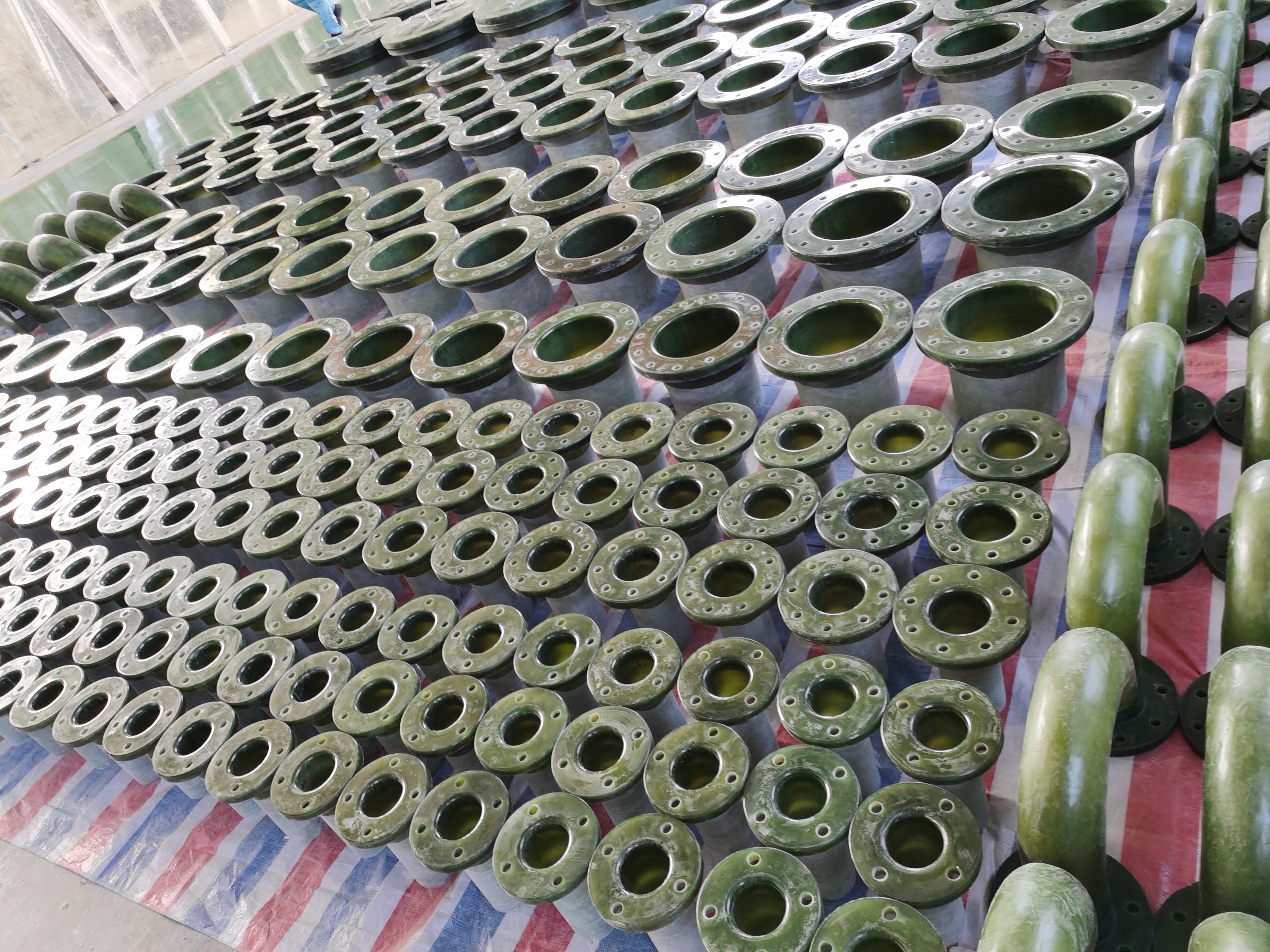
-
 Afrikaans
Afrikaans -
 Albanian
Albanian -
 Amharic
Amharic -
 Arabic
Arabic -
 Armenian
Armenian -
 Azerbaijani
Azerbaijani -
 Basque
Basque -
 Belarusian
Belarusian -
 Bengali
Bengali -
 Bosnian
Bosnian -
 Bulgarian
Bulgarian -
 Catalan
Catalan -
 Cebuano
Cebuano -
 China
China -
 China (Taiwan)
China (Taiwan) -
 Corsican
Corsican -
 Croatian
Croatian -
 Czech
Czech -
 Danish
Danish -
 Dutch
Dutch -
 English
English -
 Esperanto
Esperanto -
 Estonian
Estonian -
 Finnish
Finnish -
 French
French -
 Frisian
Frisian -
 Galician
Galician -
 Georgian
Georgian -
 German
German -
 Greek
Greek -
 Gujarati
Gujarati -
 Haitian Creole
Haitian Creole -
 hausa
hausa -
 hawaiian
hawaiian -
 Hebrew
Hebrew -
 Hindi
Hindi -
 Miao
Miao -
 Hungarian
Hungarian -
 Icelandic
Icelandic -
 igbo
igbo -
 Indonesian
Indonesian -
 irish
irish -
 Italian
Italian -
 Japanese
Japanese -
 Javanese
Javanese -
 Kannada
Kannada -
 kazakh
kazakh -
 Khmer
Khmer -
 Rwandese
Rwandese -
 Korean
Korean -
 Kurdish
Kurdish -
 Kyrgyz
Kyrgyz -
 Lao
Lao -
 Latin
Latin -
 Latvian
Latvian -
 Lithuanian
Lithuanian -
 Luxembourgish
Luxembourgish -
 Macedonian
Macedonian -
 Malgashi
Malgashi -
 Malay
Malay -
 Malayalam
Malayalam -
 Maltese
Maltese -
 Maori
Maori -
 Marathi
Marathi -
 Mongolian
Mongolian -
 Myanmar
Myanmar -
 Nepali
Nepali -
 Norwegian
Norwegian -
 Norwegian
Norwegian -
 Occitan
Occitan -
 Pashto
Pashto -
 Persian
Persian -
 Polish
Polish -
 Portuguese
Portuguese -
 Punjabi
Punjabi -
 Romanian
Romanian -
 Russian
Russian -
 Samoan
Samoan -
 Scottish Gaelic
Scottish Gaelic -
 Serbian
Serbian -
 Sesotho
Sesotho -
 Shona
Shona -
 Sindhi
Sindhi -
 Sinhala
Sinhala -
 Slovak
Slovak -
 Slovenian
Slovenian -
 Somali
Somali -
 Spanish
Spanish -
 Sundanese
Sundanese -
 Swahili
Swahili -
 Swedish
Swedish -
 Tagalog
Tagalog -
 Tajik
Tajik -
 Tamil
Tamil -
 Tatar
Tatar -
 Telugu
Telugu -
 Thai
Thai -
 Turkish
Turkish -
 Turkmen
Turkmen -
 Ukrainian
Ukrainian -
 Urdu
Urdu -
 Uighur
Uighur -
 Uzbek
Uzbek -
 Vietnamese
Vietnamese -
 Welsh
Welsh -
 Bantu
Bantu -
 Yiddish
Yiddish -
 Yoruba
Yoruba -
 Zulu
Zulu
frp moisture trap
Understanding FRP Moisture Traps Essential Components for Your Facility
Fiber Reinforced Polymer (FRP) is a composite material that combines a polymer matrix with fibers, typically glass, carbon, or aramid. This innovative material is renowned for its lightweight, high strength, and excellent resistance to corrosion, making it a preferred choice in various industries. However, like many materials, FRP can be susceptible to moisture, which can compromise its performance and longevity. This is where FRP moisture traps play a vital role.
Moisture traps are devices or systems designed to eliminate or reduce moisture from a specific environment. In industries that rely heavily on FRP materials—such as construction, oil and gas, and marine sectors—moisture control is crucial. Excess humidity can lead to several complications, including reduced mechanical properties, delamination, and even the growth of mold or other contaminants. Therefore, integrating moisture traps into FRP applications is essential for maintaining optimal performance.
How FRP Moisture Traps Work
FRP moisture traps function by physically capturing and removing moisture from the air. They can be installed in various systems, including HVAC units, transportation pipelines, and storage facilities. The traps typically employ desiccants or materials with high affinity for water vapor, such as silica gel or activated alumina. When air passes through the moisture trap, these materials absorb and retain moisture from the air, preventing it from coming into contact with the FRP components.
In addition to desiccant-based traps, some systems may utilize condensation methods, where moisture is cooled to its dew point, causing it to condense into liquid form. This approach can be particularly effective in environments with significant temperature fluctuations.
Benefits of FRP Moisture Traps
frp moisture trap

1. Enhanced Durability By effectively managing moisture, these traps extend the life of FRP materials, helping to preserve their mechanical integrity and structural performance.
2. Cost-Efficiency Investing in moisture traps can prevent expensive repairs or replacements caused by moisture-related damage. This proactive measure reduces overall maintenance costs by addressing issues before they escalate.
3. Improved Safety In industries such as oil and gas, the presence of moisture can lead to hazardous conditions. By controlling humidity levels, moisture traps contribute significantly to workplace safety.
4. Environmental Preservation With growing concerns about environmental impacts, efficient moisture management helps reduce the risk of chemical spills and the degradation of surrounding ecosystems.
Implementation Considerations
When integrating FRP moisture traps into a system, several factors should be considered. The size and type of the moisture trap must be matched to the specific application, including the expected humidity levels and the flow of air or fluids. Regular maintenance and monitoring are also necessary to ensure that the traps remain effective over time.
In conclusion, FRP moisture traps are indispensable components for industries utilizing fiber reinforced polymers. By controlling moisture levels, these devices safeguard the performance and integrity of FRP materials, enhancing overall efficiency and safety. As industries continue to innovate and grow, the importance of moisture management will only become more pronounced, solidifying the role of moisture traps in preserving both performance and longevity.









